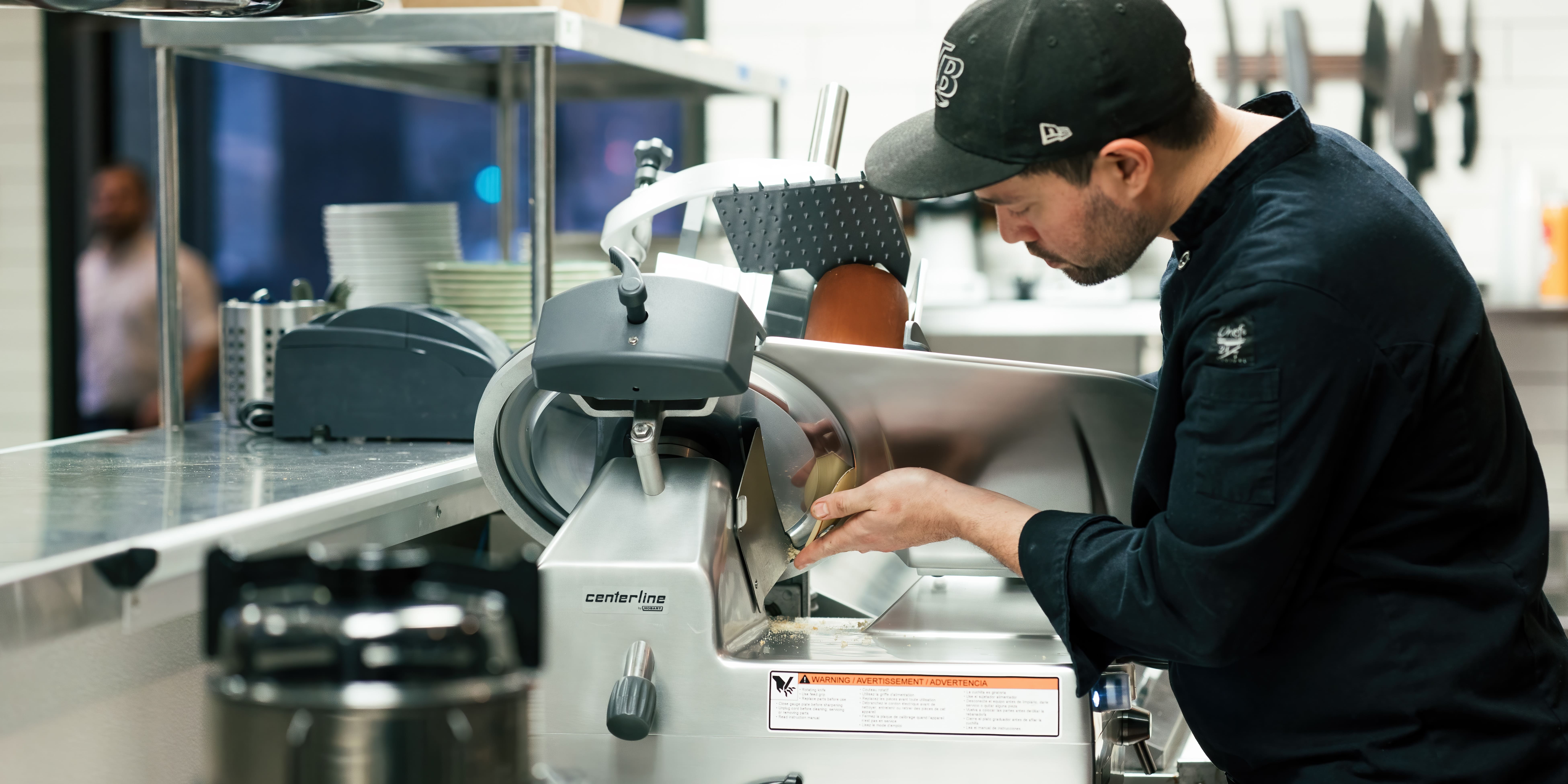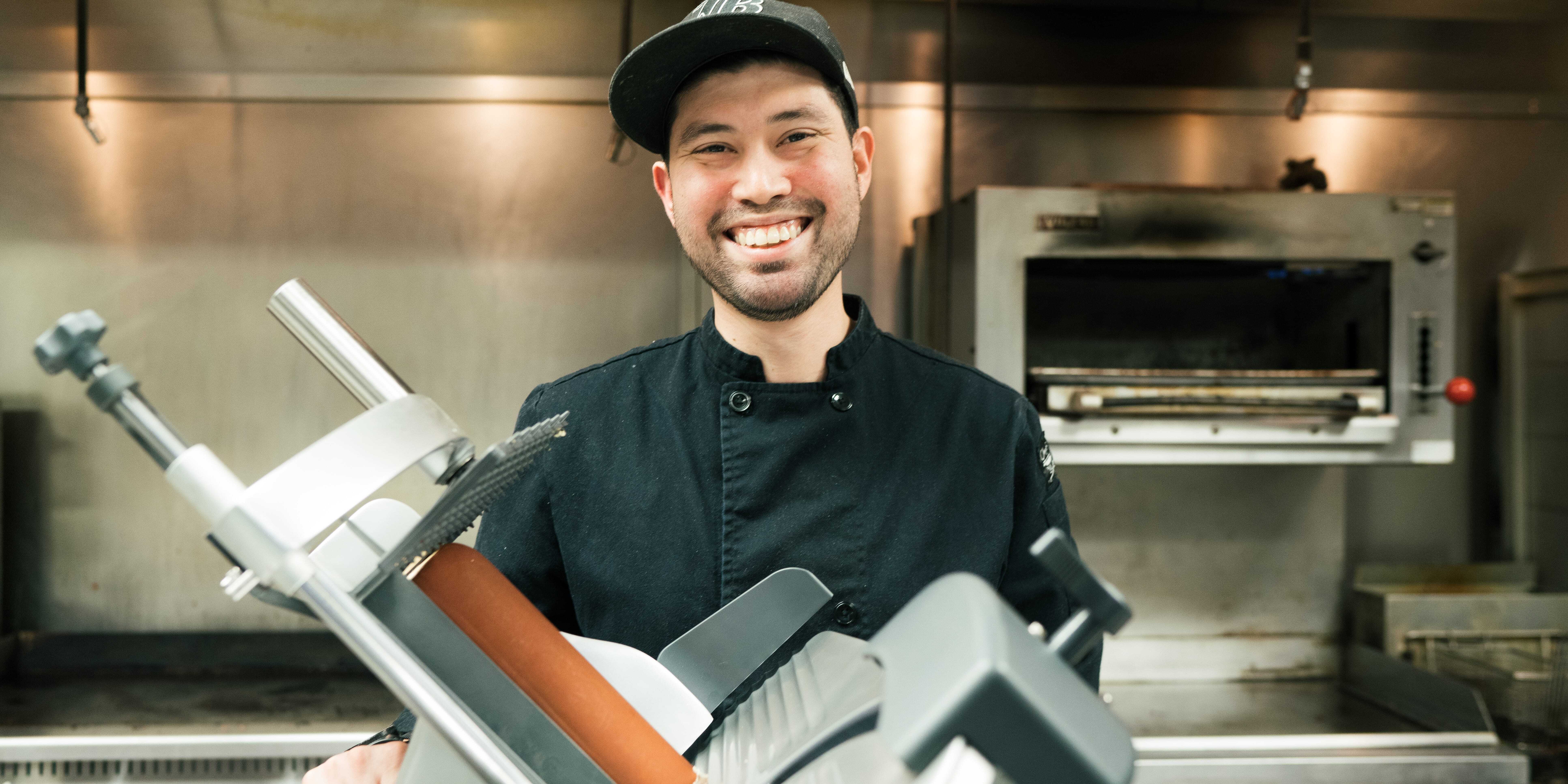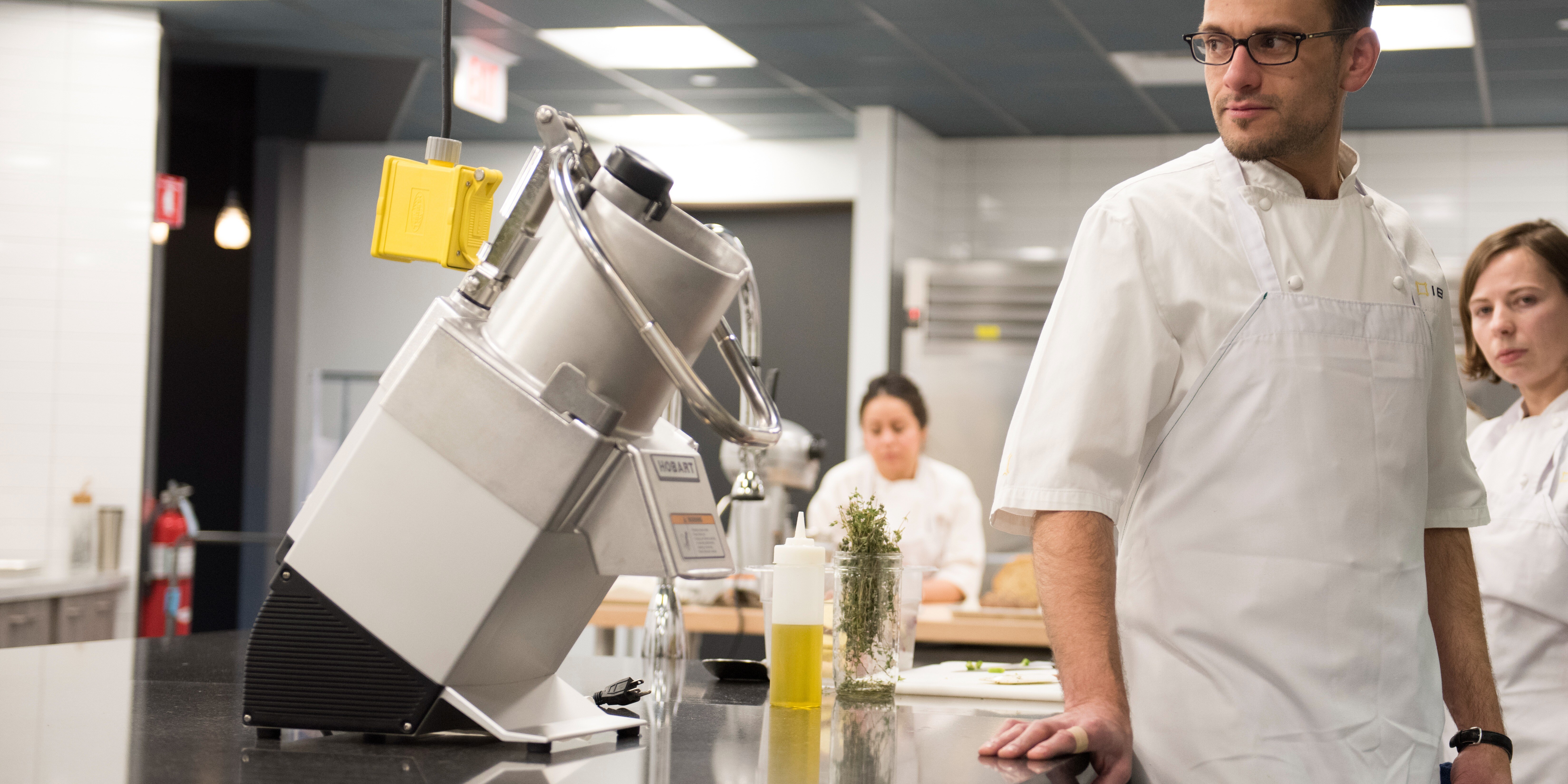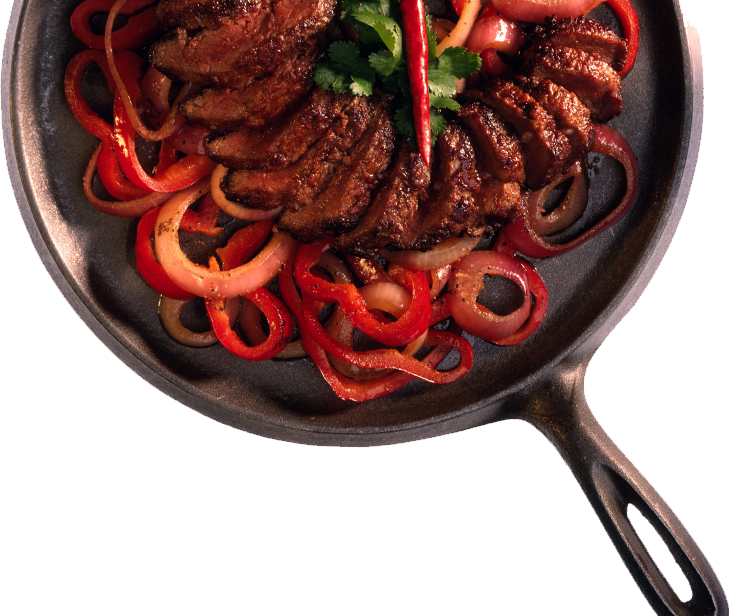Employee training and development is an important part of any independent restaurant — but it’s not always easy for chefs and owners to make it a priority. Keeping up with a fast-paced kitchen, managing business logistics and striving to meet customer expectations can become time-consuming, leaving few hours in the day to focus on extras.
But training employees, especially new ones, on proper use of food prep equipment can go far in improving efficiencies and quality. And this equipment often offers a quick return on investment (ROI) by reducing labor costs.
Making the most of mixers
Chefs and their staff can benefit from the exceptional versatility of a planetary mixer. It can be used for mixing both sweet and savory ingredients — from batter and icing to sauces, pasta dough and meat for sausage.
Training new employees to use the proper agitators is an important part of learning to operate a mixer. Each type provides distinct results for specific ingredients.
- A flat beater works well for mixing cake batter and icings and mashing potatoes. It offers uniform distribution of ingredients in the bowl. Start with slow speeds when mixing and increase to medium for finishing.
- A wire whip is best for light creaming and beating butter, mayonnaise and potatoes. Use slower speeds for heavier ingredients and higher speeds for lighter ones. There are also heavy-duty wire whips for mixing heavier batter, for example for sponge cakes. These operate best at higher speeds.
- A wing whip is good for whipping cream or beating egg whites or light icings. Use higher speeds to blend air into these light products.
- A dough hook mixes, stretches and folds bread and pizza doughs. They are typically available in spiral and C-shaped styles. The mixing speeds depends on which one the operator is using and the ingredients being incorporated. Refer to the mixer’s operating manual or the manufacturer’s website for recommendations.
Before mixing any ingredients, check that the ratio between the bowl and the agitator is correct; it sometimes needs to be adjusted. The agitator shouldn’t sit too deep in the bowl or it could damage it during operation; however, it should be low enough that it can fully incorporate ingredients.
Gain quality cuts with food processors
Prepping fruits and vegetables in a food processor can bring significant productivity gains to a kitchen compared to manually chopping, slicing, grating or cutting. And because whole fruits and vegetables last longer than precut, bagged ingredients, processing your own can also improve quality.
To get the best results from a continuous feed processor, load ingredients counterclockwise. The blade spins clockwise, so this orientation allows it to come into immediate contact with the fruit or vegetable and create an even cut. When slicing tomatoes, place them in bottom down and stagger them in the hopper.
As with mixers and agitators, it’s important to train new employees about the available blades for a continuous food processor and their purpose.
- A slicer blade can process both firm and soft products, including onions, apples, bananas and mushrooms. It can also shred lettuce and cabbage. A crimping slicer adds ripples to the edges of carrots and cucumbers, while a soft slicer is designed for soft produce like tomatoes.
- A julienne cutter juliennes carrots and potatoes for French fries and handles other firm
- A grater blade is ideal for nuts, hard cheese, carrots, cabbage and more. It can also be used to process dry bread into breadcrumbs.
- A shredder blade shreds cabbage, carrots, cheese and more.
When using a bowl-style food processor, train employees to pay attention to the speed at which they are adding ingredients. For example, when making a vinaigrette, add the oil slowly to prevent it from breaking. Take care not to overprocess ingredients, as well. Having a bowl-style food processor with a clear lid can help since it allows the operator to see what is happening in the bowl.
Improve slicer consistency and yield
Slicers aren’t just for meats and cheese — they can also be used to shred lettuce or to slice tomatoes, potatoes, onions and more.
Whatever the ingredient, it’s important that it is securely in place on the slicer tray. This helps ensure consistent cuts and minimizes product waste. Be sure that the grip is securely holding the product and adjust as needed during the slicing process to keep the product in the right position. Doing so helps improve consistency and yield. Do not use the grip as a handle during the slicing process. Instead, hold onto the handle at the front of the slicer carriage during use.
Keep learning
Employee training and development shouldn’t be a one-time occurrence. Encourage employees to continue learning and exploring new options for the food prep equipment. They should be actively engaged with the equipment and know what it can and can't do. When a new piece of food prep equipment is added to the kitchen, it’s important to familiarize staff with it. Not all mixers, food processors or slicers are the same. In fact, it may take some trial and error with a new mixer to test recipes since the RPMs of the equipment may differ — a recipe may require more or less mixing than before.
If questions arise about a particular piece of food prep equipment, refer to the operator manual or other literature provided by the manufacturer.
About the Author
 Megan Gray is the product line manager for Hobart – Food Preparation Products. She has been with Hobart since 2017 and specializes in Hobart meat room, specialty and food processing equipment. See all her blogs here.
Megan Gray is the product line manager for Hobart – Food Preparation Products. She has been with Hobart since 2017 and specializes in Hobart meat room, specialty and food processing equipment. See all her blogs here.





-min.jpg)





